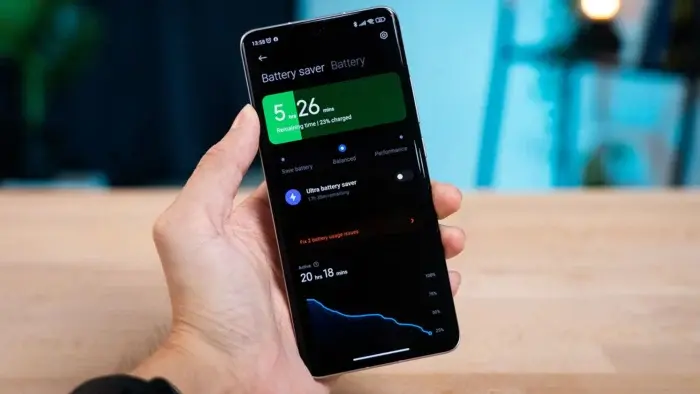Battery Obsession: Is It Really Necessary? Exploring the Truth


Acknowledging the significance of the battery as a crucial technical component in a mobile phone is something I don’t contest, and I doubt I’ll ever dispute it. Nevertheless, both personally and within my surroundings, there has been a noticeable fixation on each of the essential aspects of batteries that, in my view, seems excessive.
The health of the battery, particularly among iOS users, stands out as one of the most worrisome factors. Additionally, considerations like capacity and autonomy are significant. While these aspects hold importance, they may not be determinative in all cases. And there may be instances where excessive obsession is unwarranted.
 About the author
About the authorAbdullah Mustapha
I’m the Android and Custom ROMs expert at GizChina, a role I’ve proudly held for the past five years. My journey in the world of technology is fueled by an unwavering passion for innovation and an insatiable curiosity about what Android devices can achieve. From delving deep into the intricacies of system architecture to customizing software for optimal performance, I’ve dedicated countless hours to exploring the limitless possibilities Android offers.
Over the years, I’ve developed a deep understanding of custom ROMs, flashing, and tweaking devices to unleash their full potential. Whether it’s unlocking hidden features, improving security, or extending device lifespans, I strive to push the boundaries of what’s possible in the Android ecosystem. My hands-on experience with a wide range of devices and tools has not only honed my expertise but also inspired me to share insights and tips with an incredible community of tech enthusiasts.
Being part of GizChina has allowed me to connect with like-minded individuals, exchange ideas, and contribute to a platform where innovation thrives. Whether you’re a seasoned tech aficionado or just starting your Android journey, I’m here to guide you, spark your curiosity, and help you make the most of your devices. Let’s explore the future of Android together!